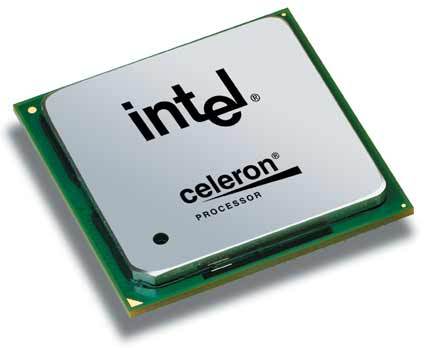Accelerating Celeron: Available At 1.8 GHz Now
Inside Celeron: Nothing New
As already explained in the initial review, the core corresponds pretty much to the Pentium 4 Willamette, which has been available since the introduction of socket 423.
- 100 MHz quad-pumped Front Side Bus (= 400 MHz), providing 3.2 GB/s
- High clock speeds (1.7 GHz, faster versions to follow)
- 1.75 V core voltage
- Socket mPGA478
- 128 kB full speed L2 cache
- Instruction Trace Cache
- Rapid Execution Engine
- SSE2-Instruction Engine
As always, the multiplier has been locked by Intel, making Front Side Bus overclocking the only workable way of overclocking the Celeron. Different from former Celeron generations, the 1.7 and 1.8 GHz versions are no longer very suitable for hardcore overclocking. One reason is certainly the Willamette core, which is produced in 0.18 µm rather than the 0.13 µm of the predecessor Celeron Tualatin.
As you may know, former Celerons were usually based on advanced CPU cores, enabling overclocking of up to 50% (e.g. Celeron 300A at 450 MHz, Celeron 566 MHz at 850 MHz). That's over for now. The maximum you can reasonably get out of your Celeron 1.7 is 2.26 GHz (running your motherboard at 133 MHz); unfortunately, our sample did not want to run faster than 2 GHz (119 MHz x17).
So, overclocking is really only a nice add-on, but not a buying argument for Celerons any more. At least not right now...
Get Tom's Hardware's best news and in-depth reviews, straight to your inbox.
Current page: Inside Celeron: Nothing New
Prev Page Accelerating Celeron: Now At 1.8 GHz Next Page Architecture Diagram Of The Celeron Willamette
Patrick Schmid was the editor-in-chief for Tom's Hardware from 2005 to 2006. He wrote numerous articles on a wide range of hardware topics, including storage, CPUs, and system builds.
